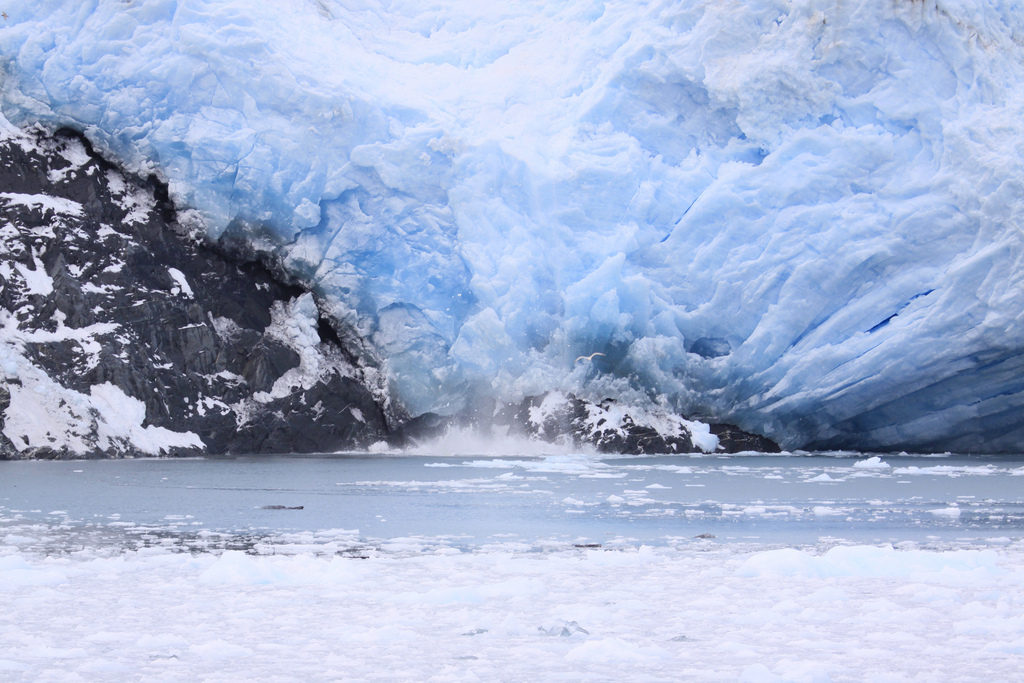
The glaciers on Baffin Island, located in Canada’s northeastern Arctic, have been shrinking as the climate warms. The melting, receding glaciers have exposed fragments of ancient plants that had frozen in the places where they once grew. New research has shown that these spots have not seen the light of day for at least 40,000 years.
The entire planet has been warming since humanity started flooding the atmosphere with greenhouse gases at the start of the Industrial Revolution, but the effects are not uniform across the globe. Some regions – like the Arctic – are seeing temperature rises that are greater and faster than anywhere else in the world. As a result, glaciers in the Arctic have been melting away at rates never before observed in modern human history.
Researchers at the University of Colorado performed radiocarbon dating experiments in order to find out when the last time was that the Arctic was as warm as today. There have been natural variations in Arctic temperatures caused by the complicated way the Earth wobbles on its axis. For example, 10,000 years ago the northern latitudes pointed at the sun more directly during the summer than they do now, providing about 9% more sunshine during the summer.
The results of the study showed that the newly-uncovered plants had died at least 40,000 years earlier, indicating that the glaciers had not melted back to today’s size for at least that long. Global measurements indicate that the planet as a whole has not been as warm as it is today for about 115,000 years, back then again a result of the orientation of the Earth.
Well, the Earth hasn’t wobbled recently. The Arctic is melting because we are dumping massive amounts of greenhouse gases into the atmosphere.
**********
Web Links
These Arctic glaciers are smaller than ever before in human history
Photo, posted September 1, 2010, courtesy of Doryce S. via Flickr.
Earth Wise is a production of WAMC Northeast Public Radio.
Leave a Reply